Crafting a Compelling Cover Letter
A cover letter is more than just a formality it’s your first opportunity to make a lasting impression on a potential employer. It serves as a crucial introduction, allowing you to present yourself as a strong candidate by showcasing your skills, experience, and enthusiasm for the position. Unlike your resume, which provides a factual overview, a cover letter gives you the space to express your personality and explain why you are the perfect fit. A well-crafted cover letter can significantly increase your chances of getting an interview, while a poorly written one can lead to your application being overlooked. Mastering the art of cover letter writing is, therefore, an essential skill for any job seeker aiming to succeed in today’s competitive job market.
Understanding the Purpose of a Cover Letter
The primary goal of a cover letter is to capture the hiring manager’s attention and compel them to read your resume. It’s your chance to go beyond the basic information in your resume and demonstrate your understanding of the job requirements and the company’s needs. By clearly articulating your relevant skills and experiences, you can show how you can contribute to the organization’s success. A strong cover letter should be tailored to the specific job and company, reflecting your genuine interest in the role and your desire to make a positive impact. It should also highlight what sets you apart from other applicants, making you a memorable and desirable candidate. Understanding this purpose is the first step in crafting a cover letter that stands out.
Highlighting Your Key Skills and Experience
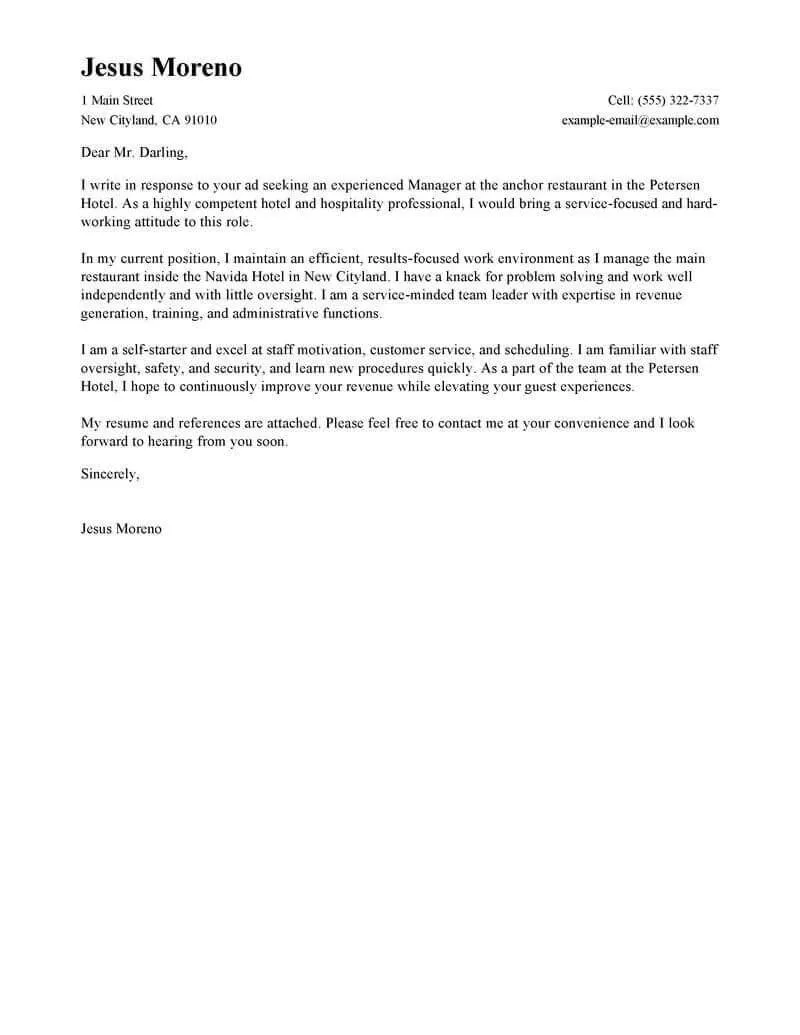
Your cover letter should highlight the skills and experiences that directly align with the job requirements. Start by carefully reviewing the job description and identifying the key qualifications the employer is seeking. Then, select specific examples from your work history, education, or other experiences that demonstrate your proficiency in those areas. Quantify your achievements whenever possible. For example, instead of saying ‘Managed social media accounts’, say ‘Increased social media engagement by 30% in six months’. This provides concrete evidence of your capabilities and makes your claims more credible. Use action verbs to describe your accomplishments, such as ’led’, ‘managed’, ‘developed’, or ‘implemented’. Keep the focus on what you have accomplished and how your skills can benefit the employer.
Researching the Company and Tailoring Your Letter
One of the most effective ways to impress a potential employer is to demonstrate that you’ve done your homework. Researching the company thoroughly is crucial for tailoring your cover letter and making it relevant to their specific needs and values. Visit their website, read their mission statement, and explore their social media presence. Identify their recent projects, achievements, and industry trends. This information will enable you to address your cover letter to the right person, mention specific company initiatives that interest you, and explain why you want to work for that particular organization. Highlighting how your skills and experience can contribute to their goals shows that you’re genuinely interested in the opportunity and have a good understanding of their business.
Structuring Your Cover Letter for Impact
The Perfect Header and Contact Information
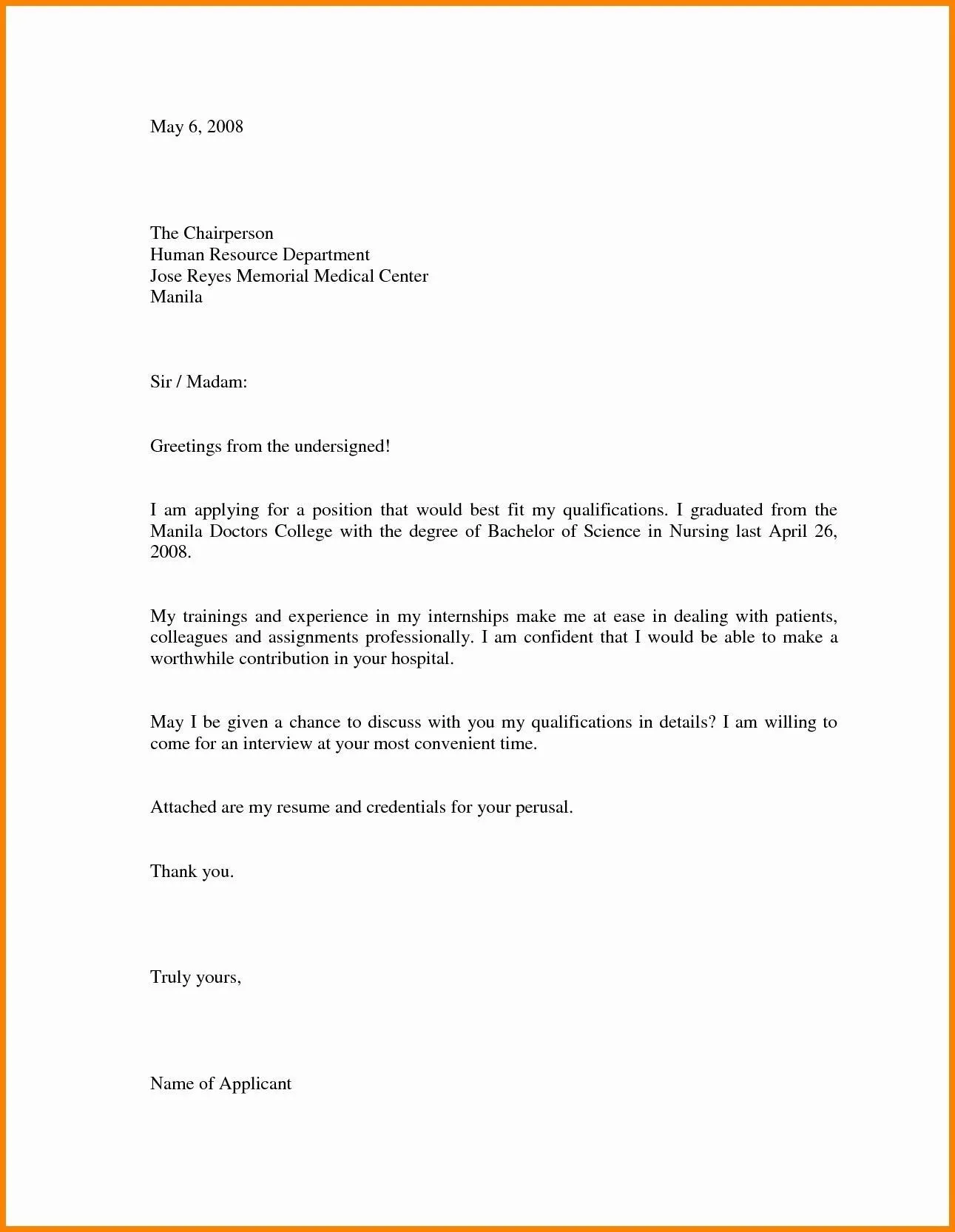
A professional and well-formatted header is essential for making a positive first impression. Begin with your full name, address, phone number, and email address at the top of the letter. Ensure your contact information is accurate and up-to-date. Include the date, followed by the hiring manager’s name, title, and the company’s name and address. If you don’t know the hiring manager’s name, research the company website or LinkedIn to find it. If you can’t find it, use a general greeting like ‘Dear Hiring Manager.’ The header sets the tone for the rest of the letter, so ensure it is clean, organized, and easy to read. Use a professional font such as Arial or Times New Roman, and maintain consistent formatting throughout the document (see image: cover-letter-header).
Opening Paragraph Secrets to Grab Attention
The opening paragraph is your first and often only chance to capture the reader’s attention. Start with a strong statement that immediately grabs their interest. Briefly state the position you are applying for and where you saw the job posting. Then, go beyond the basic information and briefly explain why you’re excited about the opportunity. You can mention a specific project you admire, a company value that resonates with you, or how your skills align with their needs. Keep the opening concise and enthusiastic. Avoid generic phrases like ‘I am writing to express my interest’. Instead, make it clear why you are a perfect fit and what value you can bring to the team. The goal is to create an instant connection and encourage the reader to continue reading (see image: cover-letter-purpose).
Body Paragraphs Showcasing Your Value
The body paragraphs are where you can truly showcase your skills and experiences. Focus on demonstrating how your qualifications match the job requirements. Use specific examples from your work history to illustrate your achievements and how you have solved problems. Use the STAR method (Situation, Task, Action, Result) to describe your accomplishments: Explain the situation, your task, the actions you took, and the results you achieved. This method is effective for providing context and highlighting your contributions. Tailor the content to the specific job description, emphasizing the skills and experiences that are most relevant. Show, don’t just tell, the hiring manager about your abilities. Be concise, clear, and compelling. Each paragraph should focus on a different aspect of your qualifications (see image: highlight-skills).
Writing a Powerful Closing Statement
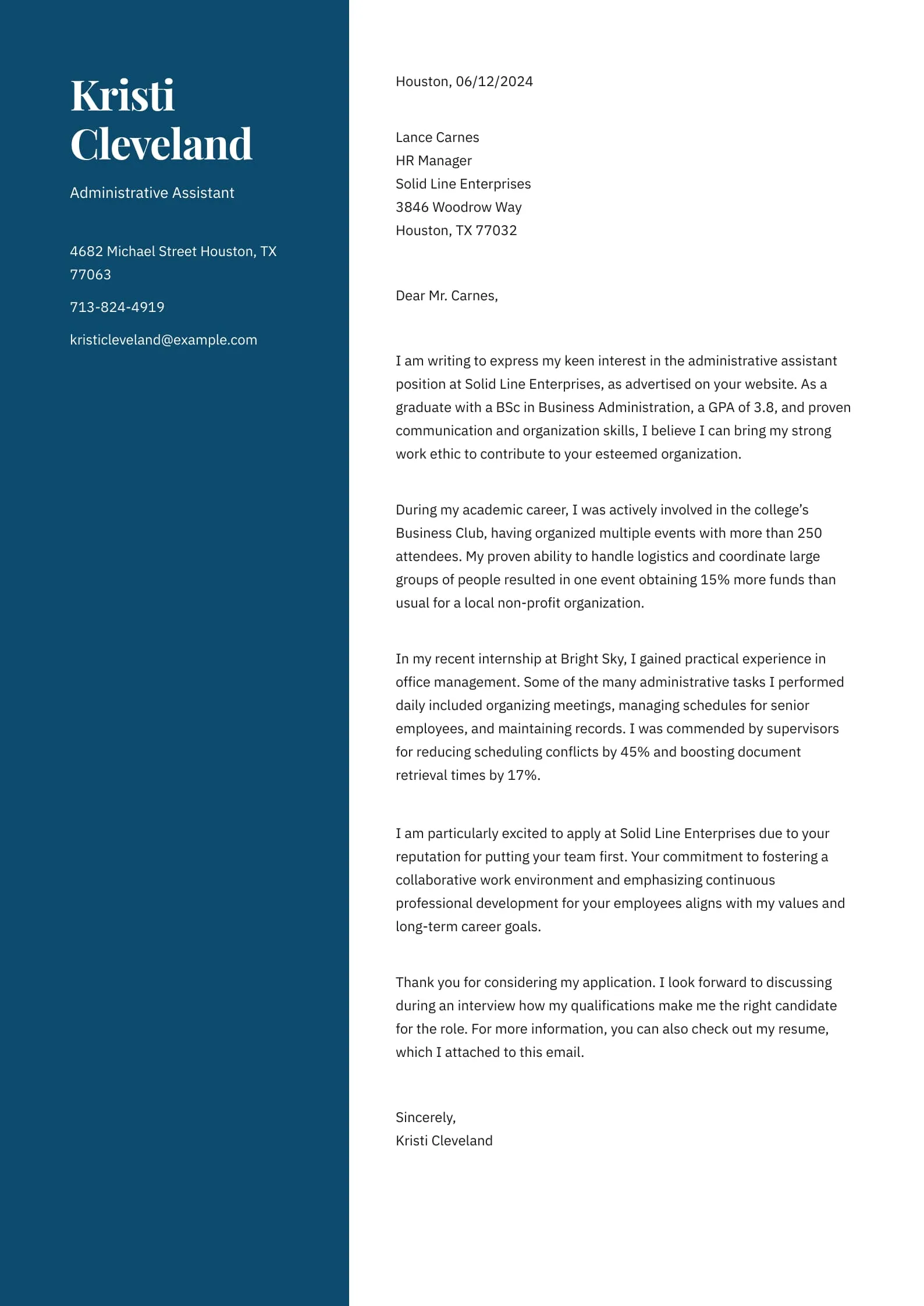
The closing paragraph should be concise and leave a lasting impression. Restate your interest in the position and reiterate your enthusiasm for the company. Express your confidence in your ability to contribute to their success. Include a call to action, such as stating that you look forward to hearing from them soon and are available for an interview at their earliest convenience. Thank the hiring manager for their time and consideration. Avoid generic phrases. Instead, close by summarizing your key qualifications and demonstrating your genuine interest. A strong closing statement reinforces your value as a candidate and motivates the reader to take the next step (see image: perfect-closing).
Formatting and Design for Readability
Font Choices and Best Practices
The choice of font and formatting can significantly impact the readability and professionalism of your cover letter. Select a clean, readable font such as Arial, Times New Roman, Calibri, or Helvetica. Use a font size between 10 and 12 points. Ensure that the font is consistent throughout the entire document. Avoid using overly stylized or decorative fonts. Keep the formatting clean and easy to read. Use a standard 1-inch margin on all sides, and single-space the text within paragraphs, with a double space between paragraphs. Use bolding and italics sparingly to highlight important information. Proper formatting ensures that your cover letter is easy to scan and visually appealing, making it more likely that the reader will engage with your content.
Ensuring Professional Formatting

Professional formatting includes consistent spacing, proper alignment, and the effective use of white space. Use left alignment for the main body of the text, and avoid justifying the text, which can make it harder to read. Ensure that your paragraphs are clearly separated, and use bullet points or numbered lists to highlight key information and make it easier to scan. Pay close attention to the overall layout and make sure that the document looks balanced and organized. Use a professional-looking template if you’re unsure how to format your cover letter from scratch. Double-check the formatting on different devices, and ensure that it renders correctly on all platforms.
Proofreading and Editing for Perfection
Common Mistakes to Avoid
Carefully review your cover letter to avoid common mistakes that can undermine your application. These include typos, grammatical errors, and incorrect punctuation. Ensure that your contact information is accurate and up-to-date. Avoid using clichés, such as ‘I am a hard worker’ or ‘I am a team player’. Be sure the letter is free from slang and contractions. Refrain from including negative information or criticizing previous employers. Check for any inconsistencies in dates or job titles. Make sure the cover letter is tailored to the specific job and company, and avoid using a generic template without making the necessary adjustments. A polished cover letter demonstrates your attention to detail and professionalism.
Proofreading Checklist for Accuracy
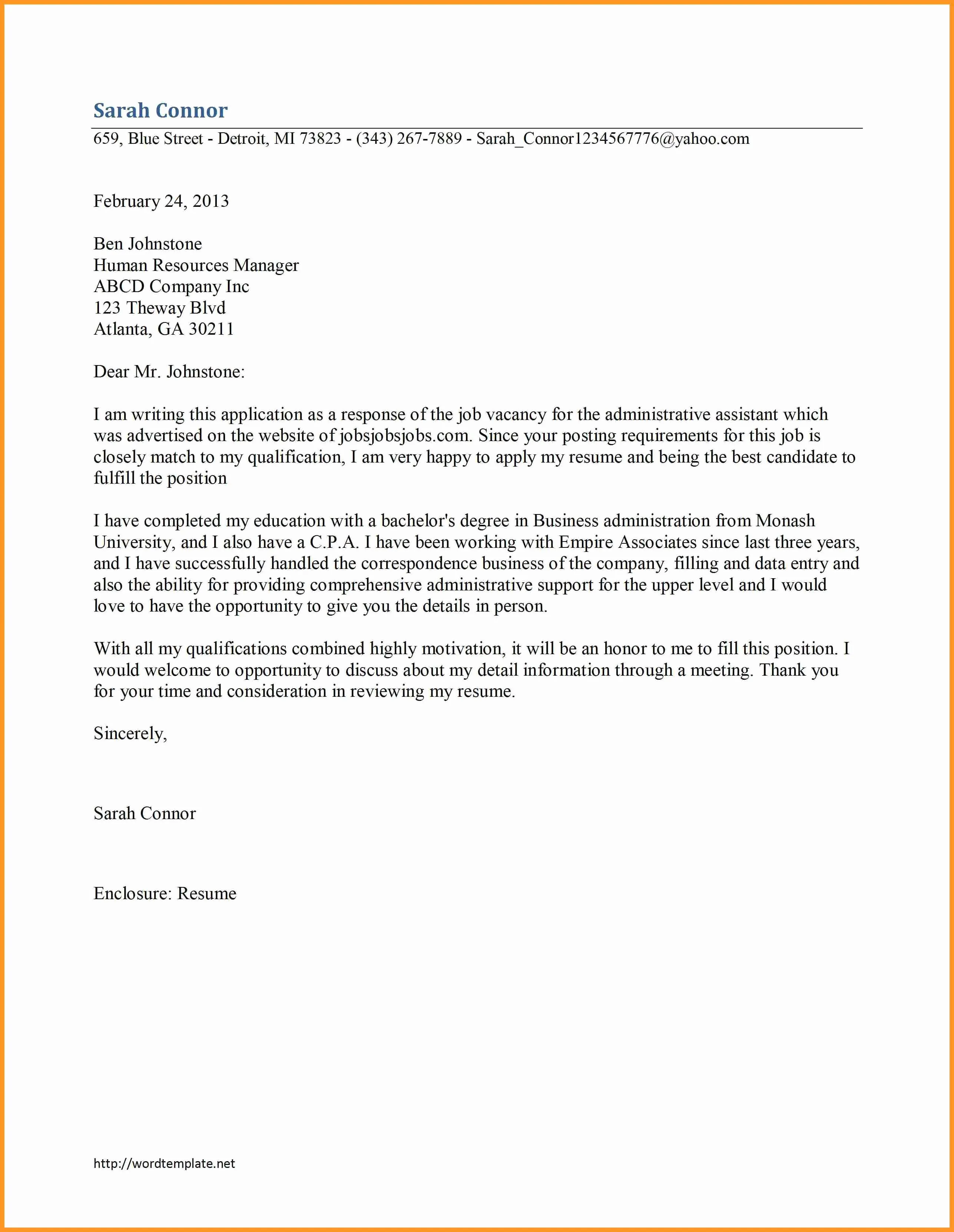
A thorough proofreading process is essential for ensuring accuracy and catching any errors. Start by reading your cover letter slowly and carefully, paying close attention to each word. Use a spell checker and grammar checker, but don’t rely solely on them; they may not catch all errors. Have someone else proofread your letter; a fresh pair of eyes can often spot mistakes you may have missed. Check all dates, names, and contact information for accuracy. Verify that the formatting is consistent throughout the document. Ensure that your tone is professional and that your message is clear and concise. Create a proofreading checklist to guide your review, and use it every time you write a cover letter. Taking the time to proofread your cover letter can make a significant difference in how it is received (see image: proofreading-checklist).
Optimizing Your Cover Letter for Applicant Tracking Systems (ATS)
Keywords and Phrases to Include
Many companies use Applicant Tracking Systems (ATS) to screen resumes and cover letters. These systems scan your documents for specific keywords and phrases that match the job requirements. To optimize your cover letter for ATS, carefully review the job description and identify the key terms and skills the employer is seeking. Incorporate these keywords and phrases naturally throughout your cover letter. Avoid keyword stuffing; instead, use the keywords in context to describe your skills and experience. Focus on using industry-specific jargon and language that the hiring manager is likely to use. Using the right keywords increases the likelihood that your cover letter will pass through the ATS and be reviewed by a human.
Formatting for ATS Compatibility
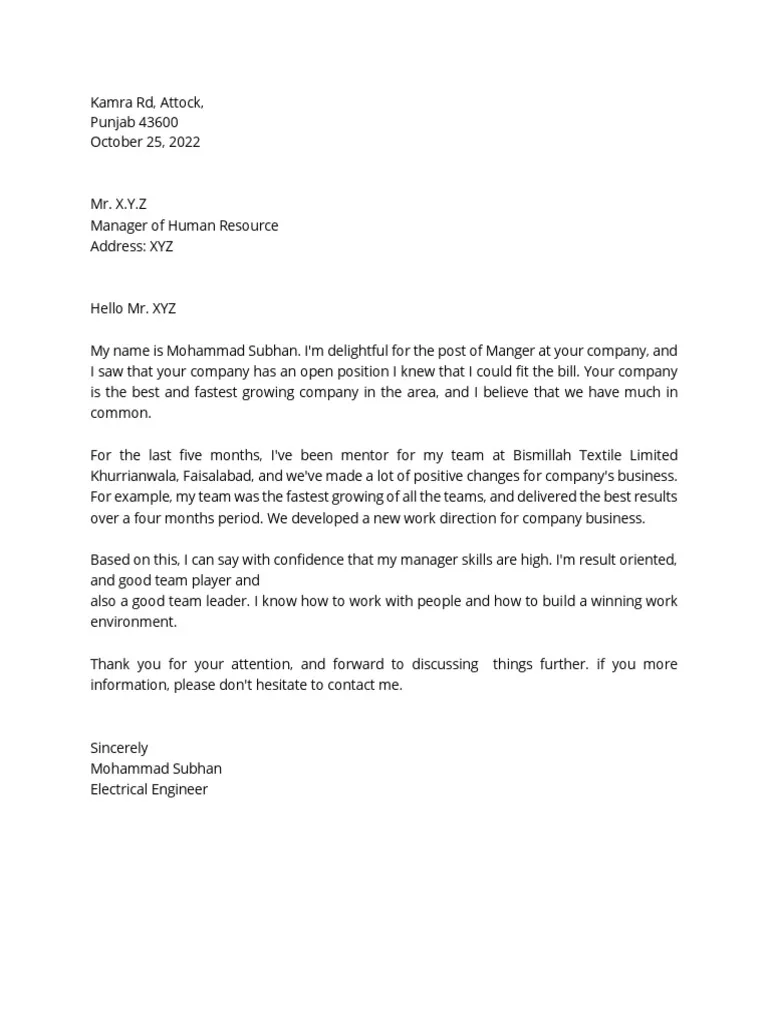
Besides using the right keywords, proper formatting ensures that your cover letter is readable by ATS. Use a standard, easy-to-read font, such as Arial or Times New Roman. Avoid using tables, images, or complex formatting, as these elements may not be correctly interpreted by the ATS. Save your cover letter as a .doc or .docx file, as these are the most compatible formats. Keep the structure simple and easy to follow, with clear headings and paragraphs. Avoid using headers and footers, which can interfere with the ATS’s ability to parse your document. Testing your cover letter with an ATS-friendly template can help you ensure that it’s properly formatted and optimized for scanning.
Cover Letter Examples and Templates
Utilizing cover letter examples and templates can be a great way to get started and gain inspiration. Many online resources provide templates for different industries and job roles. When using a template, make sure to personalize it with your own information and tailor it to the specific job. Customize the content and language to reflect your unique skills and experiences. Reviewing examples can help you understand the best practices for formatting, structure, and tone. Adapt the templates to align with your individual career goals and the requirements of the job you are applying for. Remember that your cover letter should be unique and reflect your personality and enthusiasm for the opportunity.
